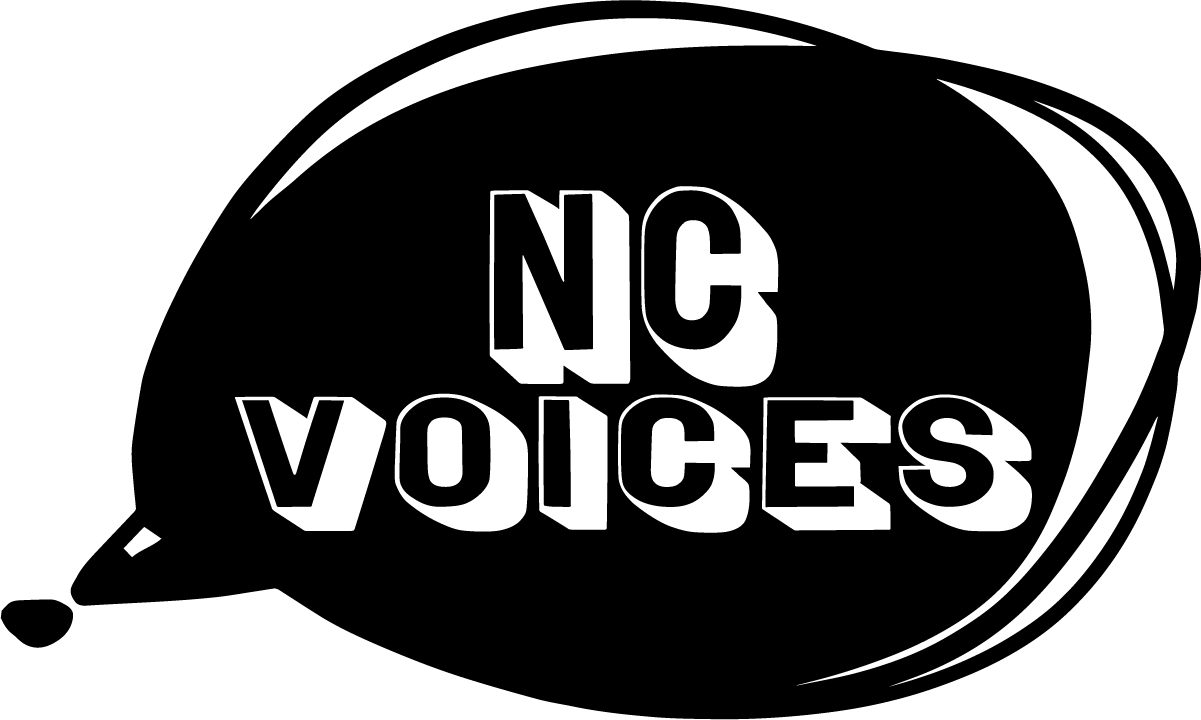North Carolina’s 3,254 miles of railroads are about to grow thanks to a gaggle of government grants. The largest is $1.09 billion dollar share of the Biden Administration’s $8.2 billion in funds for passenger rail projects across the country. According to reporting by The News & Observer it’s the largest grant ever received by NCDOT and is further expanded to 1.3 billion with joint NCDOT and Amtrak contributions
So what does the money buy? The NCDOT plans two major expansions north, extending the Amtrak’s Piedmont line between Charlotte and Raleigh to Wake Forest in addition to building the “S-Line,” an ambitious high speed rail between Richmond and Raleigh. Currently the Raleigh to Richmond route runs along The Carolinian, the longest state supported route in the entire Amtrak network that stretches passenger track from Charlotte to NYC’s Penn Station.
The new plan would cut due North from Raleigh through Henderson and Norlina, rebuilding track along the out-of-survice CSX S-Line which previously ran freight through North Carolina to Florida. In addition to a shorter route the line will include faster trains, capable of speeds over 110 miles per hour, cutting an hour from the existing Richmond to Raleigh schedule and making the trip “car competitive” according to a press release from Governor Cooper’s office.
These projects coincide with an additional $3.5 million from the Federal Railroad Administration for the NCDOT to establish a Corridor Identification and Development program to explore seven additional new routes between Wilmington, Asheville, and Washington D.C among other cities.
“Passenger rail is booming in North Carolina as people look for safer, faster and more affordable transportation,” said Governor Cooper in a press release. “We are investing in our growing passenger rail options and this federal grant is a game-changer that will make it easier than ever to travel to Richmond, Washington, DC and the Northeast.”
The surge of rail investment meets a growing demand for passenger rail, with 522,550 passengers setting a record for ridership in 2022 according to NCDOT. The trend continues with the first three quarters of 2023 seeing a 23% increase over 2022 according to reporting by The News and Observer.
“This is giving people what they want,” Cooper said Monday, in a speech at the Raleigh Union Station. “People are ready for passenger rail to get them from one place to the next.”
Also present at the event was Transportation Secretary Pete Buttigieg, Representative Valerie Foushee of Chapel Hill, and Deborah Ross of Raleigh who thanked her Republican colleagues among the many public servants who had worked to secure the funding.
“We need to thank our senators, Sen. Tillis and Sen. Burr, who both voted to make this possible,” she said. “And that bill is not only making this possible, but it is upgrading our roads, our bridges, our water systems and so much more.”
Source: Axios, News & Observer





